Demei's View - Wine Communication from a Chinese Winemaker
Alcoholic beverages have an important role in peoples' live, because they can affect the drinkers’ mental states and behaviours. Authorities always tend to control the production and consumption of alcoholic beverages, thus there are rules like the Prohibition and the Sales and Consumption Control. However, peoples' attitudes to the consumption of such drinks tend to change regularly in line with the development of economy and social cultural level; statistical data shows that people living in well-developed areas consume less spirits that those living in developing areas.
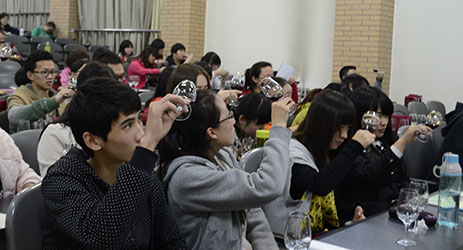
This should be the same case in China. As a large consuming country of alcoholic beverages, China is expected by the wine industry to have more people drinking wines, in the hope that this may be able to relieve the situation of overproduction. According to the figures from China’s National Bureau of Statistics, in 2013, the consumption of baiju was 12.26m ton, yellow wine 1.96m ton, beer 50.61m ton, and wine 1.17m ton. Clearly the amount of wine consumed was relatively small comparing to other alcoholic beverages.
The wine industry around the world shares a common dream of encouraging Chinese consumers to drink more wine.
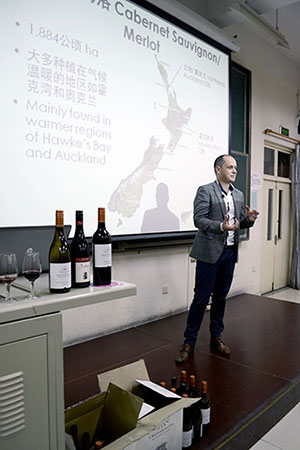
Image: David Desmond giving a presentation © LI Demei
Although China has a long history of winemaking, large scale wine production and consumption only started from the end of the last century. The promotion of the idea that drinking wine is good for health attracted some Chinese wine drinkers, especially those in the elder generation. However, this concept couldn't boost the consumption of wine in line with the pace of the growth of Chinese economy. This is because consumers are aware that wine is not a health care product. And more importantly, the promotion was limited in terms of attracting different consumer groups – it only works on the elder people, whose consuming habits are rather fixed and difficult to change. And the younger generation whose spending habits have better plasticity are not very interested in the idea of ‘drinking wine for better health’.
Attracting the new generation of consumers to drink wine is the task wine industry practitioners should concentrate on. Over the past year, people have been paying more attention to this question because of the downturn in the Chinese wine scene.
Youngsters normally have strong interest in new things. University students are a typical group, and generally speaking they have already reached the legal age for drinking. I have run an elective course of Wine Tasting every term at my university since 2003, and it is very popular among our students, although I have to limit the number of students in the course as there are some restrictions when organising wine tastings.
On 27 October, after giving a lecture on basic wine knowledge, I invited New Zealander David Desmond to give the students an experience of New Zealand wines.
David used to work at the New Zealand embassy in China for food and wine promotion. After finishing his term, he stayed in China as the representative of Yealands Estate. Spending a long time in China, he has a good understanding of Chinese culture, and played this advantage fully in the class. Although he began with not very fluent Chinese, he still received applause from the students. The atmosphere became alive, and students were no longer reserved. It's fair to say that he engineered a very successful start.
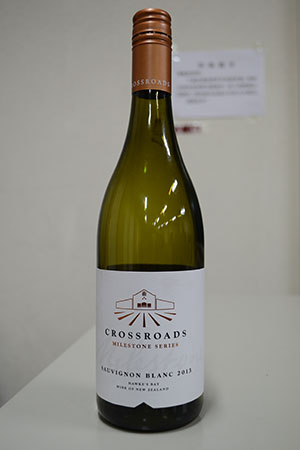
The theme of the course was to promote wine culture, but David used a lot of beautiful New Zealand scenery pictures in his presentation, with an introduction to New Zealand fruits and seafood. Wine was at first an unfamiliar thing to the students, but with the appearance of these familiar elements, the course wasn't boring anymore. After tasting the first wine, the classroom climate was more active; some students even raised their hands with questions (Chinese students are normally very shy to ask questions in the class, they would ask the teacher individually after class). Eventually we tasted one white and two reds in the class, all very typical to me with high quality. However, the in-class survey showed that over three quarters of the students prefer the elegant, fine and fruity Sauvignon Blanc, while the oaked Merlot with the same remarkable quality was least popular.
It seems the market reports claiming that Chinese people like RED wines and Chinese consumers prefer oak barrel aging wines need to be updated.
The development of long-term potential consumers is the job for wine associations in each country and wine region. Individual brands – especially small-scale wineries – rarely want to carry out the work because of the uncertainty of the returns and the pressure from the winery’s short-term sales goals.
The most popular wine in the class
Crossroads, Milestone Series Sauvignon Blanc, Hawks bay 2013
Pale straw yellow with a hint of green, clear and bright; the aroma is fresh with a clear fruit nose like lemon and pineapple; the palate is lively and refreshing, well-balanced; sweet and smooth finish has a pleasant aftertaste.
Translated by Nina Fan Feng / 冯帆
All rights reserved by Future plc. No part of this publication may be reproduced, distributed or transmitted in any form or by any means without the prior written permission of Decanter.
Only Official Media Partners (see About us) of DecanterChina.com may republish part of the content from the site without prior permission under strict Terms & Conditions. Contact china@decanter.com to learn about how to become an Official Media Partner of DecanterChina.com.


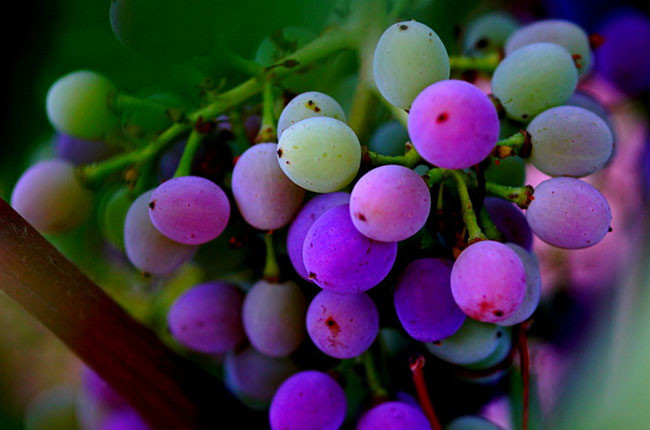
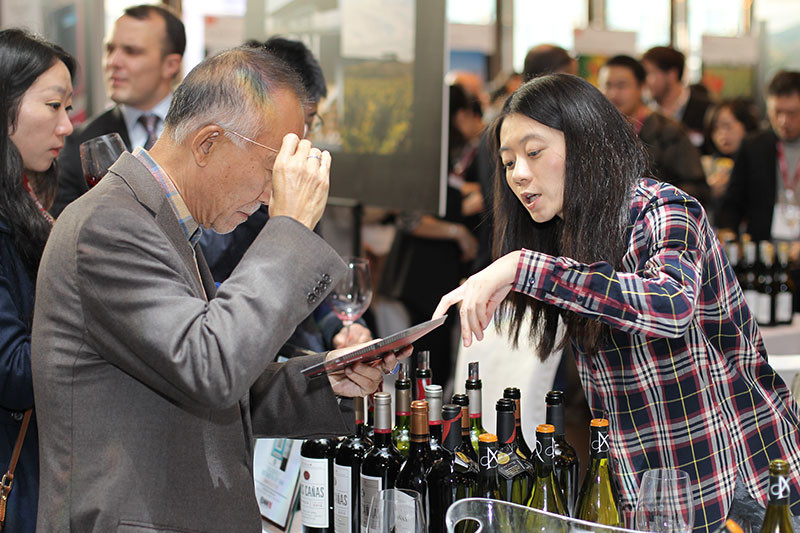
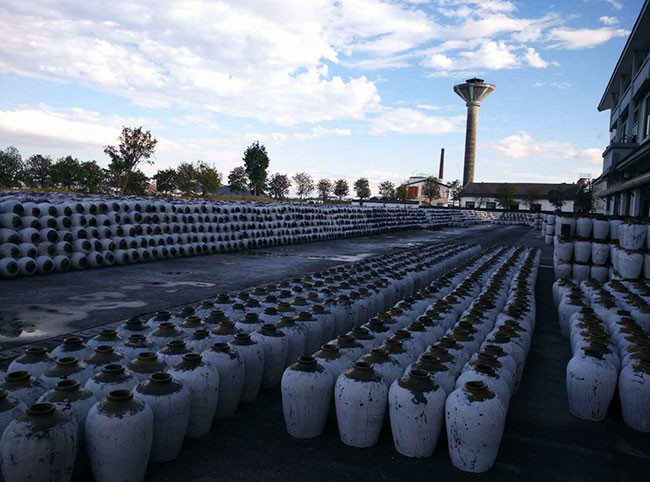
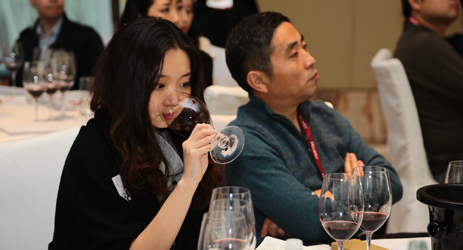
Comments
Submit